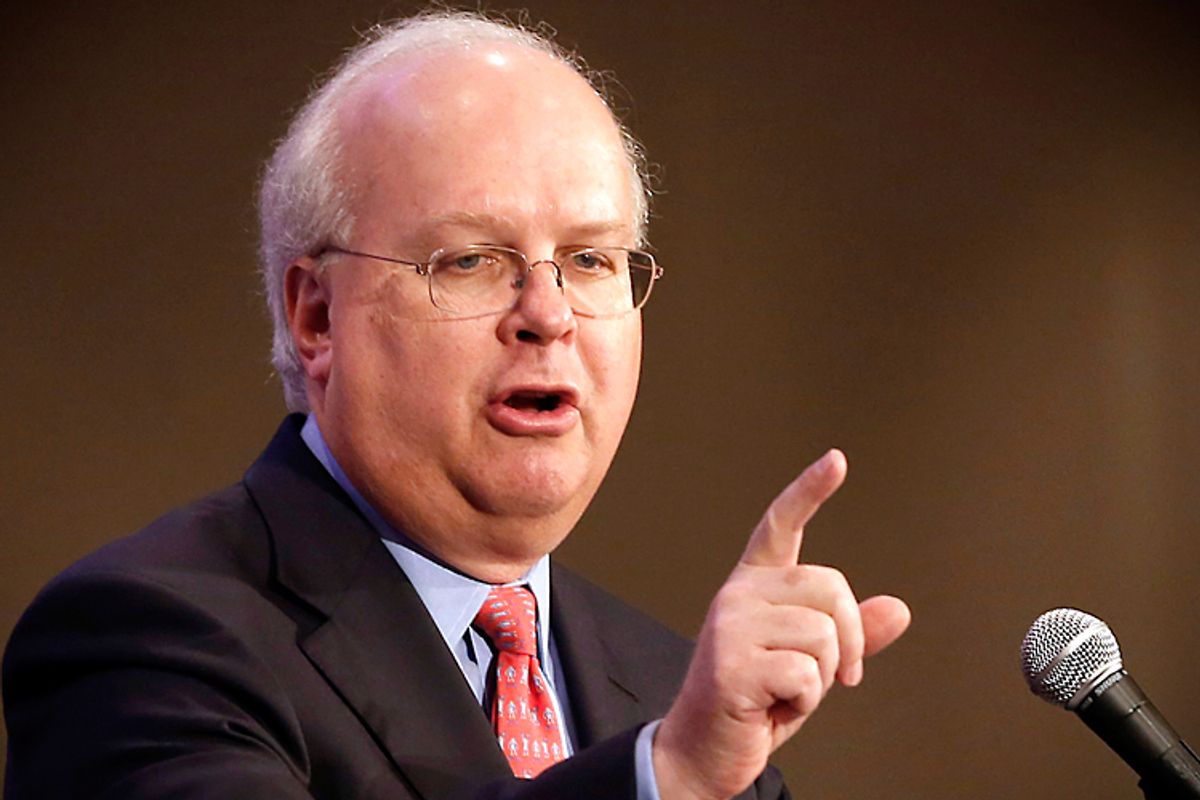When the Supreme Court paved the way for unlimited independent spending in elections with its Citizens United decision, the justices assumed a key protection to prevent corruption: The expenditures would be truly independent, so it would make it impossible for a candidate and a donor to engage in a quid pro quo. In theory, this makes sense. If there’s no coordination between the independent groups like super PACs and candidates -- and coordination remains technically illegal -- then donors will fund independent expenditures purely out of their own political beliefs and not in the expectation of getting anything in return.
In practice, however, this distinction completely breaks down because groups are often established to fund a single candidate, as opposed to a broad cause, and there are plenty of ways to communicate intentions or expectations without violating narrow coordination laws.
A new report from Public Citizens shows just how absurd it is to assume that outside groups are truly independent. Of all the major super PACs and 501(c) nonprofit groups that engaged in the 2012 election, about half backed a single candidate exclusively, effectively making themselves auxiliary organs of the candidate’s campaign, the report found. Generally, these groups were “founded, funded or managed by friends, family members, or recent campaign aides of the candidate they supported,” the report adds.
The most obvious examples are Priorities USA, the Obama super PAC founded by a former White House aide, and Restore Our Future, the Romney super PAC founded by the general counsel of Romney’s 2008 presidential campaign. These groups allowed wealthy donors who had already maxed out their donations to either candidate's official committee to give unlimited additional funds to the auxiliary super PAC to support their candidates.
Meanwhile, another 30 percent of spending came from groups designed specifically the aid the parties. For instance, the Democratic-affiliated House Majority PAC acted as an auxiliary to the Democratic Congressional Campaign Committee. All of this is aboveboard.
In total, candidate-specific and party-allied groups accounted for more than 65 percent of all spending by outside groups in the 2012 elections, including seven of the top eight groups, according to the report. Among super PACs alone, that percentage climbs to 74.4 percent.
“The emergence of entities using unlimited contributions to aid candidates and parties with which they have close relationships threatens to gut the anticorruption policy underlying campaign finance laws, which the court claimed it did not intend to weaken,” Taylor Lincoln, the research director of Public Citizen’s Congress Watch, and his co-authors wrote.
In its Citizens United decision, the Court approving quoted from an earlier decision, Buckley v. Valeo, observing that in independent expenditures, “The absence of prearrangement and coordination of an expenditure with the candidate or his agent not only undermines the value of the expenditure to the candidate, but also alleviates the danger that expenditures will be given.”
Clearly, if independent expenditures de facto operate as direct contributions, the distinction is meaningless and the supposed protection of independence is destroyed. This was obvious to almost everyone before the decision -- except for the justices, apparently. They are insulated from the machinations of political campaigns and campaign finance realities, which is usually a good thing, but it allowed them to base a major overhaul of the nation's campaign finance laws on a flawed and naive understanding of the world.
None of this is particularly surprising to anyone even vaguely aware of the campaign finance dynamics of the 2012 cycle, but the report adds critical numbers and details.



Shares